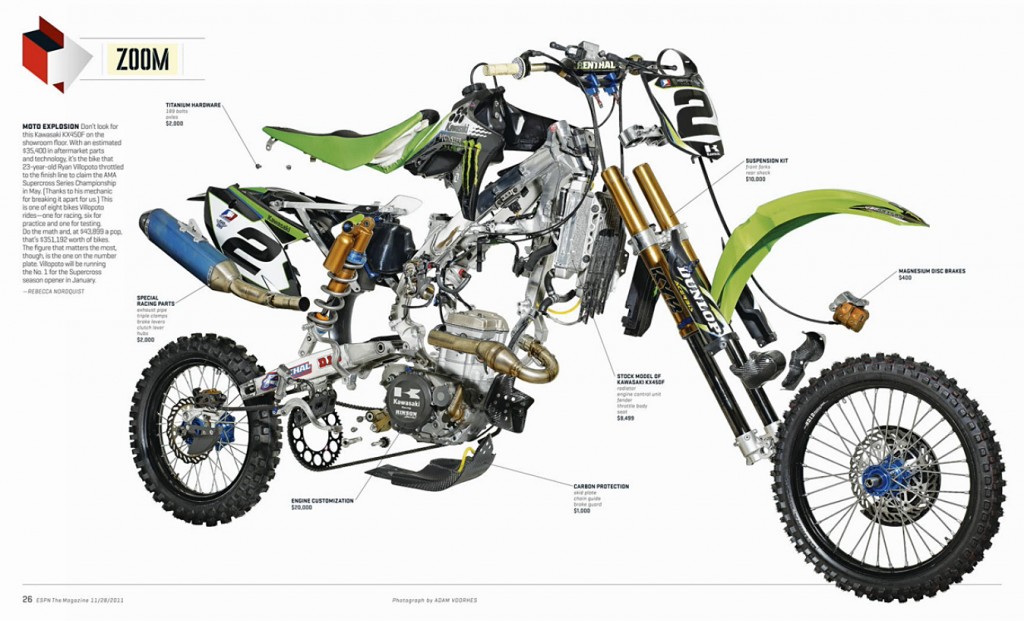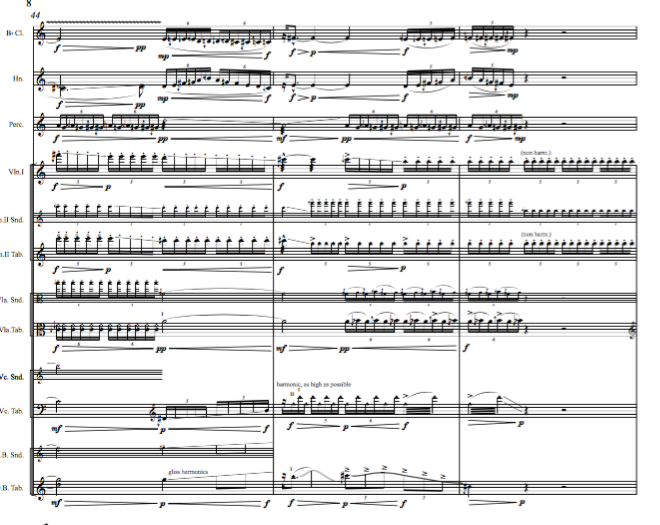Exploded Views (2016)
Taylor Brook


Most people are familiar with exploded views from putting together Ikea furniture: they are the diagrams that display all the individual parts separated out, showing how they may be assembled, usually via dotted lines connecting the parts. A musical phrase may be understood as a set of connected parts and an exploded view diagram can easily take on a musical quality, as the construction of an object becomes a metaphor for the construction of a musical phrase or sound object. Time and space are splayed out and this deconstruction musical phrase shows the complex inner workings that make it whole.
The idea of basing a piece of music on exploded views came from a theatrical production of How to Get Into Buildings, a play written by Trish Harnetiaux and directed by my sister, Katherine Brook. In this play, the temporal ordering of. The narrative was inspired by exploded views- individual moments were spaced out in such a way as a gradual understanding of the story and characters happens gradually, and the connections of the happenings onstage emerge over time.
In extending the exploded view idea to music, I selected five diagrams, on per movement, and decided upon a few approaches to interpreting these diagrams musically. The first approach follows the basic premise of an exploded view diagram: a set of interconnecting parts that show the complete combination as well as allows for the viewing of each individual part. In musical terms, this meant separating out a “complete” musical phrase into parts that could be used like building blocks, their bare forms revealed.
A second approach is similar to transcription, where short musical objects represent this and that screw or cog in a diagram and the exploded view is composed out as if reading the diagram from left to right. The interest in this approach lay in the desire to represent the same object at different sizes and suggest connections between musician gestures that aren’t explicit.
The final approach is vaguer and freely interpretive: a translation of the affect of the diagram as something that evokes movement through the interconnecting parts and gears. To express this mechanical nature, certain referential performance techniques, harmonies, and rhythms were called upon.
Check out what Taylor’s music sounds like here.
